During the winter months, when snow has taken over every inch of not only your driveway, but also your jobsite, it can be incredibly frustrating to carry on with regular construction operations.
Explore 12 Futuristic Technology Trends Solving Concrete's Biggest Challenges.
If you are working on a concrete structure, the process of monitoring temperature and strength of your in-situ elements becomes even more time-consuming in these weather conditions. It is during these months of dropping temperatures that monitoring your concrete becomes much more critical as the rate of strength development decreases and durability can be compromised. For this reason, accurate and consistent readings of your concrete elements are important so that the quality of your structure is optimized.
What is Cold Weather Concreting?
The American Concrete Institute (ACI) 306: Guide to Cold Weather Concreting defines “cold weather” as three or more days of low temperatures in a row, specifically ambient temperatures below 40°F (4°C) and air temperatures below 50°F (10°C) for more than a 12-hour period. In order to ensure proper strength development in these conditions, this guide includes the following specifications:
- Concrete temperatures must be maintained higher than 40°F (4°C) for 48 hours after a pour.
- All concrete surfaces must be protected within the first 24 hours after being placed to prevent freeze damage.
- Concrete temperature must not reach freezing levels before reaching a specific strength (3.5 MPa/500 psi) or the overall structure will have a reduced strength.
Techniques to Improve Strength Development in Cold Weather
- Protective insulation blankets
- Insulated formwork
- Heaters and other heat sources
- Optimize your concrete mix
See more tips on cold weather concreting here
Monitoring Concrete Strength in Cold Weather
The most common method for monitoring the strength of in-situ concrete is the use of field-cured cylinders. These samples are cast and cured according to ASTM C31, before being tested for compressive strength at various stages, usually by a third-party lab. Typically, if the slab has reached 75% of its designed strength, engineers will give the ‘go-ahead’ to their team to move on to the next steps in the construction process.
However, when pouring in cold weather, ACI 306 specifically recommends not using this method as field-cured cylinders “can cause confusion and unnecessary delays in construction”. This is largely because cold weather makes it difficult to maintain the cylinders in the same conditions as your structure.
It is, therefore, recommended that other in-place testing methods, like maturity testing, be used for monitoring concrete strength.
What is Concrete Maturity?
The maturity method or ASTM C1074: Standard Practice for Estimating Concrete Strength by the Maturity Method, is a non-destructive testing technique. This method allows you to estimate the early-age and compressive strength of in-place concrete in real-time. It is based on the principle that concrete strength is directly related to its hydration temperature history. In other words, maturity is a value that represents the progression of concrete curing. A mix calibration is required to implement this concept in a project. The goal of the calibration is to determine a relationship between maturity and strength for a specific mix.
Learn more about calibrating your concrete mix here
This method allows you to eliminate field-cured cylinder testing and switch to wireless sensors for both temperature and strength monitoring. Wireless sensors, like SmartRock® are placed within the concrete formwork and secured on the rebar, before pouring. Temperature data is collected by the sensor and uploaded to an app on any smart device using a wireless connection. This information is then used to calculate the compressive strength of the in-situ concrete element based on the maturity equation that is set up in the app. This strength data is considered to be very accurate and reliable as the sensors are subject to the same curing conditions as the in-situ concrete slab.
Using Wireless Concrete Maturity Sensors to Measure Strength
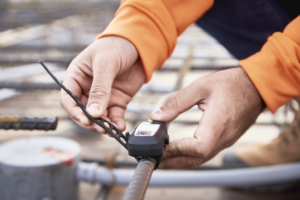
Read more about the pros and cons of wired and wireless sensors here
Equipped with real-time results, contractors can improve the heating process, decrease energy costs, and save time in their project schedule by knowing when to move on to subsequent construction operations, such as formwork removal or post-tensioning.
Remote Monitoring with SmartHub™
The main limitation of concrete sensors is the maximum allowable distance between the sensor and the surface of the concrete. Since concrete can block wireless signals the sensors usually need to be placed within a certain distance from the surface to ensure connectivity. With SmartRock that distance is up to 40 feet (12 meters).
However, with SmartRock’s latest feature, the SmartHub remote monitoring system, you no longer have to worry about being onsite to gather this important data. SmartHub was developed to help users access their concrete data at any time and in any location.
The system works by automatically collecting concrete temperature and strength data recorded by your wireless SmartRock sensors and uploading it to the Giatec360™ cloud dashboard via LTE/Wi-Fi connection. Real-time data is then synced to your team’s mobile devices, allowing you to always know the temperature and strength of your concrete. With the Hub, SmartRock users are therefore able to eliminate unnecessary time, money, and labor associated with collecting and analyzing data.
Access Your Concrete Data 24/7 With SmartHub in Three Easy Steps
 1. Install the Hub
1. Install the Hub
With a rugged, waterproof design, the SmartHub can withstand any weather conditions. All you have to do is secure the device on your jobsite.
2. Open the SmartRock App
On the provided tablet, open your SmartRock app and sign in with the Hub user that can be created on the Giatec360 web-dashboard.
3. Get Real-time Results
Once logged in, the SmartHub will automatically scan your jobsite for SmartRock sensors and collect temperature and strength data which are then uploaded to the Giatec360 cloud and synced to your team’s mobile app.
Optimize Your Cold Weather Concreting Project Schedule with SmartHub
When working in cold weather conditions, the faster you can gather concrete strength data, the better. With a remote monitoring system, like SmartHub, there is no need to visit the site to get this data, it is sent directly to your mobile device in real-time. After setting up the Hub, you won’t have to worry about scheduling time to gather concrete strength data.
With the Hub’s smart alert system, users can set up notifications to let them know when their concrete has reached specific temperature gradients or strength thresholds. This critical information helps optimize project schedules and identify any problems with the curing process, such as a broken heater causing a drop in temperature. With the SmartHub remote monitoring system you can therefore quickly make decisions before they result in delays on your project, ensuring your jobsite is faster, safer, and more efficient.
*Editor’s Note: This post was originally published in October 2019 and has been updated for accuracy and comprehensiveness.

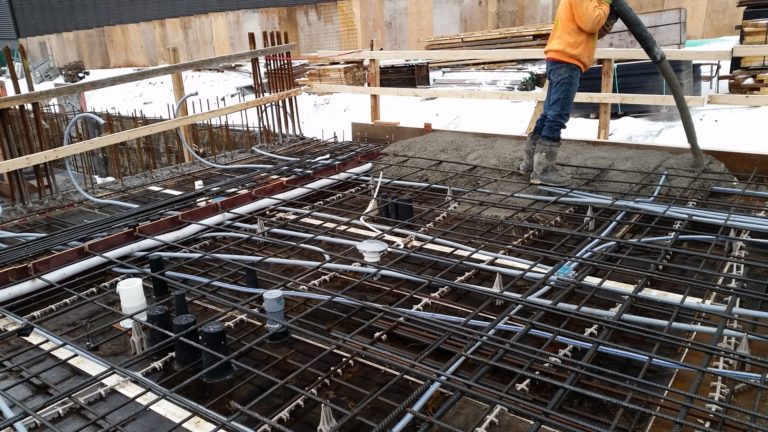
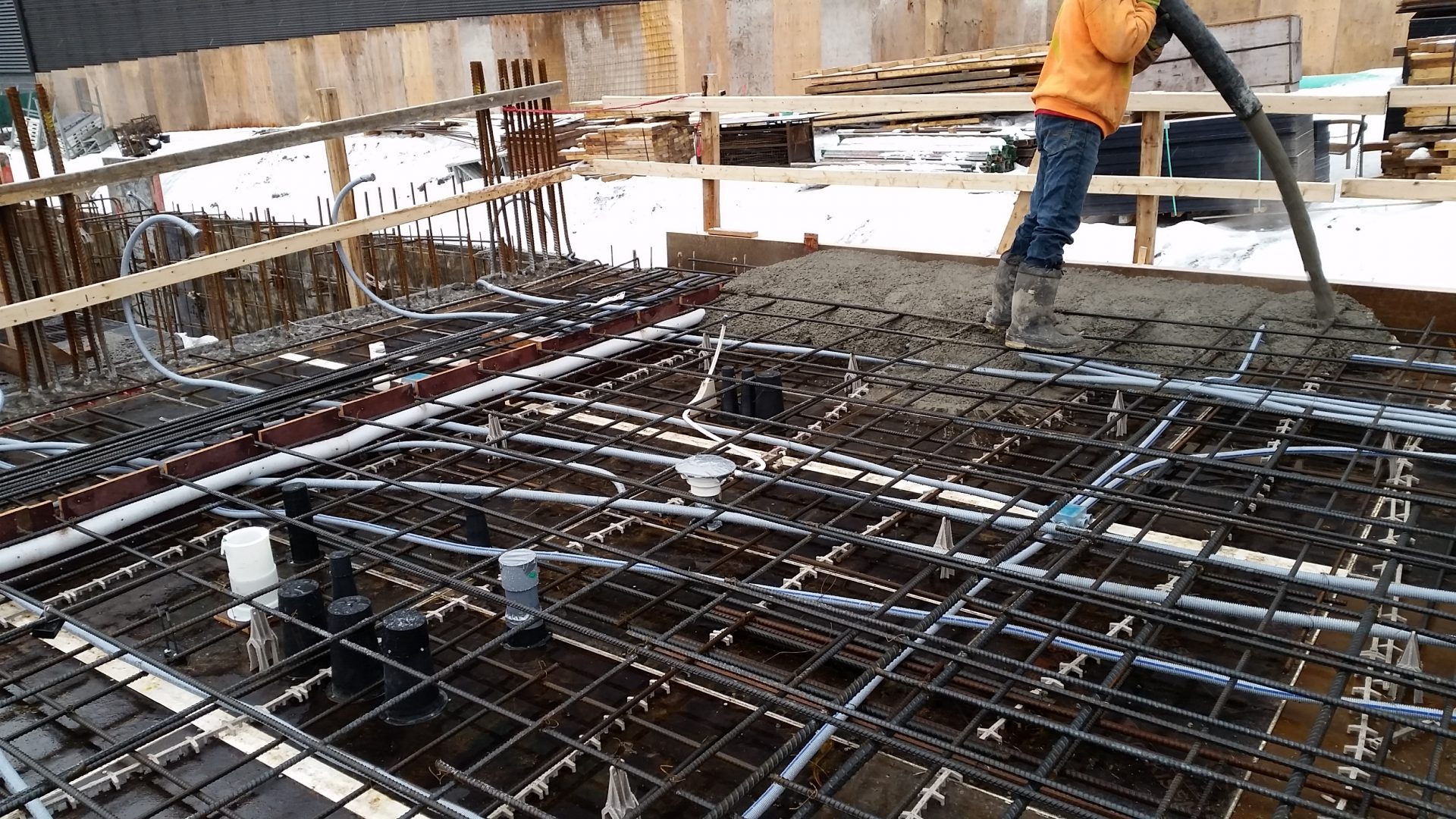
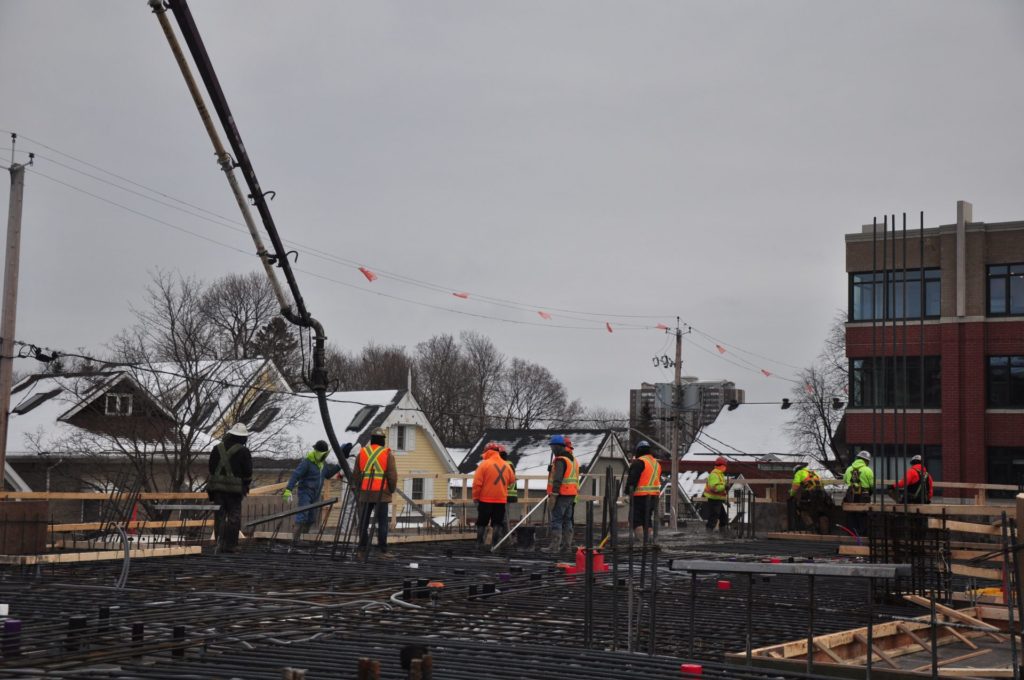
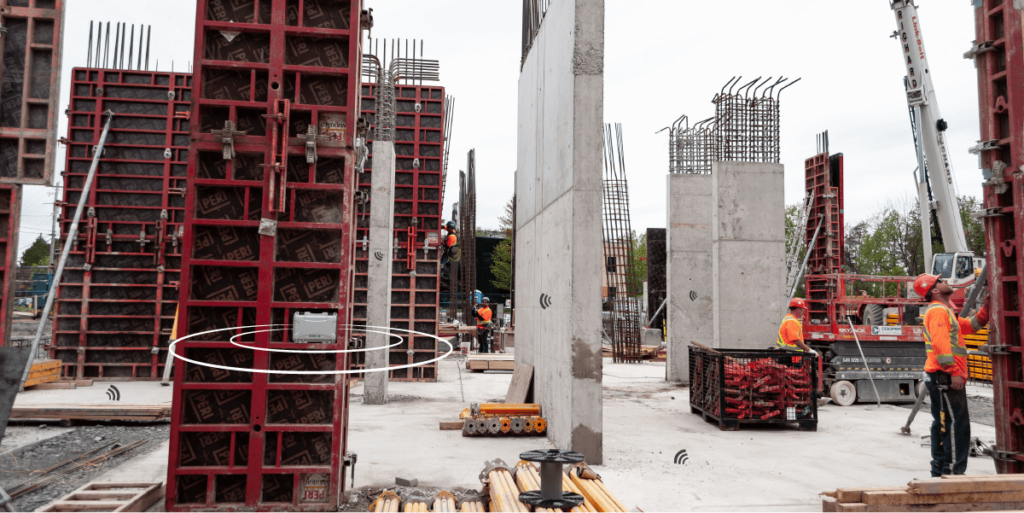
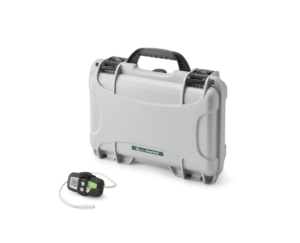 1. Install the Hub
1. Install the Hub



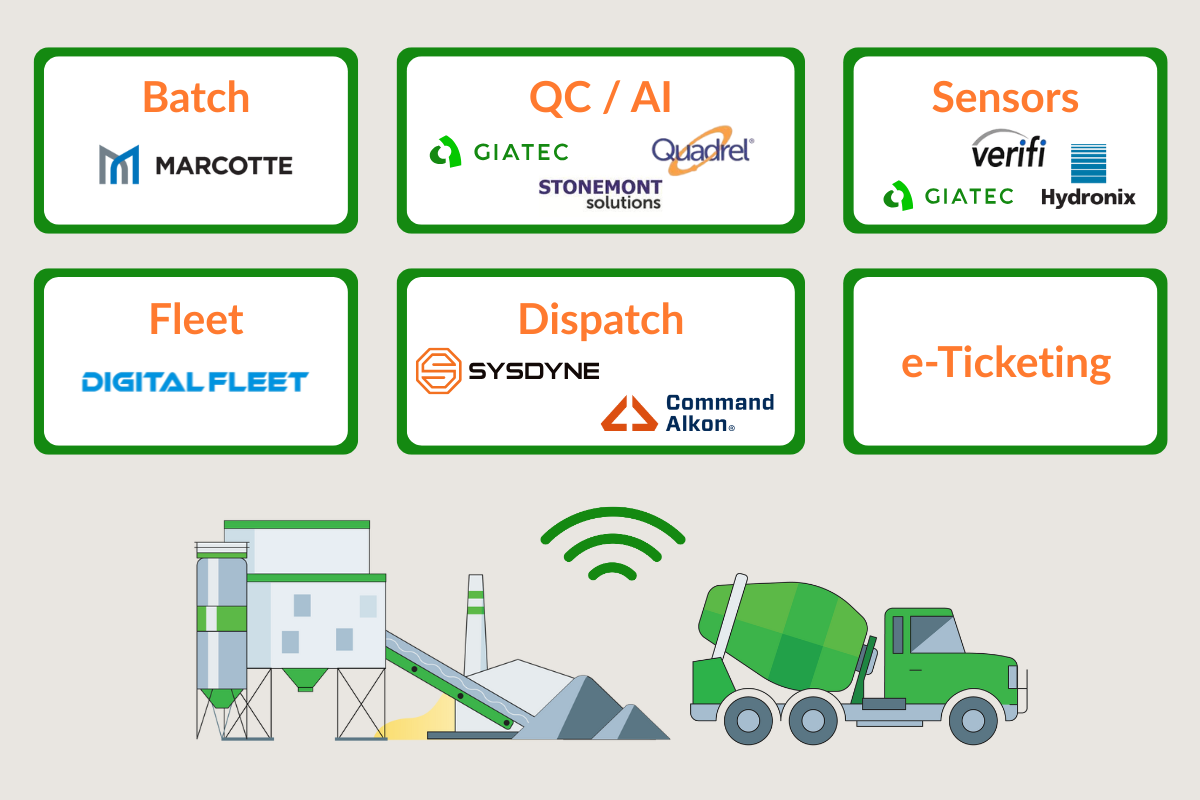



2 Responses
You state: “The main limitation of the maturity method is the maximum allowable distance between the sensor and the surface of the concrete. Since concrete can block wireless signals the sensors usually need to be placed within a certain distance from the surface to ensure connectivity. With SmartRock™ that distance is up to 26 feet (8 meters).”
This is not a limitation of the maturity method, but a limitation of the SmartRock™ system specifically, since other maturity systems can monitor sensor locations deep within concrete structures without limitation. Also, it is misleading that SmartRock™ can monitor locations a distance of 26 feet between the sensor and the surface of the concrete, since your system specs indicate that the maximum sensor cable length is 10 feet, and the transmitter has to be within 3 inches of the surface of the concrete.
Hi there, thank you for your comment. We recommend installing the SmartRock sensors within 2 inches from the surface to ensure that the Bluetooth signal is strong enough and your phone can easily connect to the sensor. Nevertheless, the temperature sensor wire comes in various lengths and can be installed as deep as required in the concrete to record the temperature and strength at various structural locations. The connection range is a limitation of the fully embedded wireless concrete sensors. You can still use our SmartHub for remote monitoring of the SmartRock data or go with wired systems for which you need to deal with the hassle of wires and possible loss of data if the wires get disconnected or external units get damaged.
Regarding your second comment, the temperature cable length that is extended into the concrete element is 10 feet (and can be longer if requested). This cable allows for monitoring temperature and strength deeper within the concrete element although the wireless transmitter part of SmartRock (i.e. the black square) is placed within two inches from the concrete surface. In our SmartRock specs sheet, the 26 feet distance we are referring to is the wireless distance between the SmartRock transmitter (while embedded in the concrete) and your smartphone. So, it is different from the distance of temperature measurement within the concrete that is covered by the length of the temperature sensor wire.
We hope this answers your questions. Let us know if you are looking for any other clarifications.